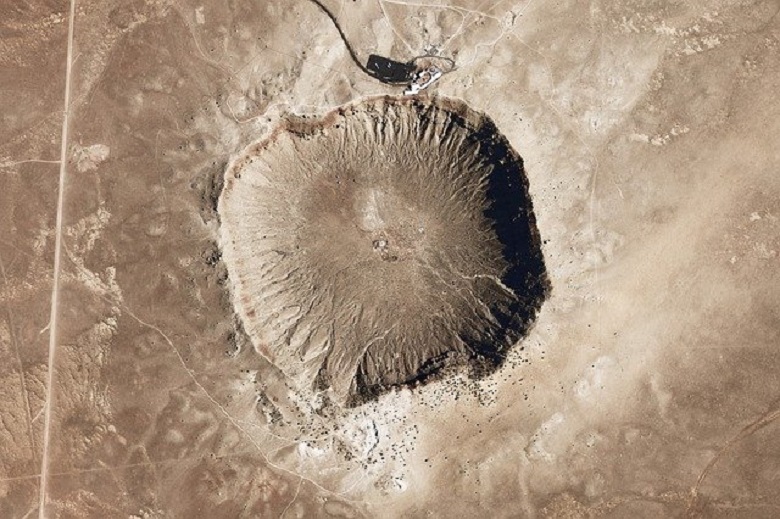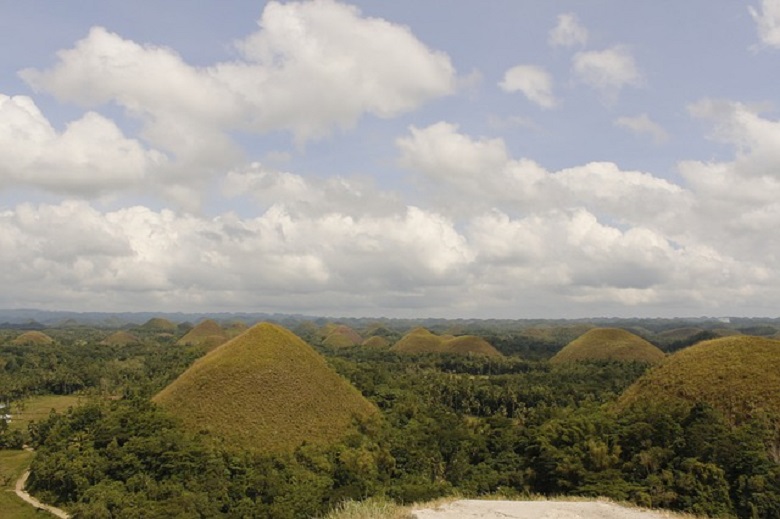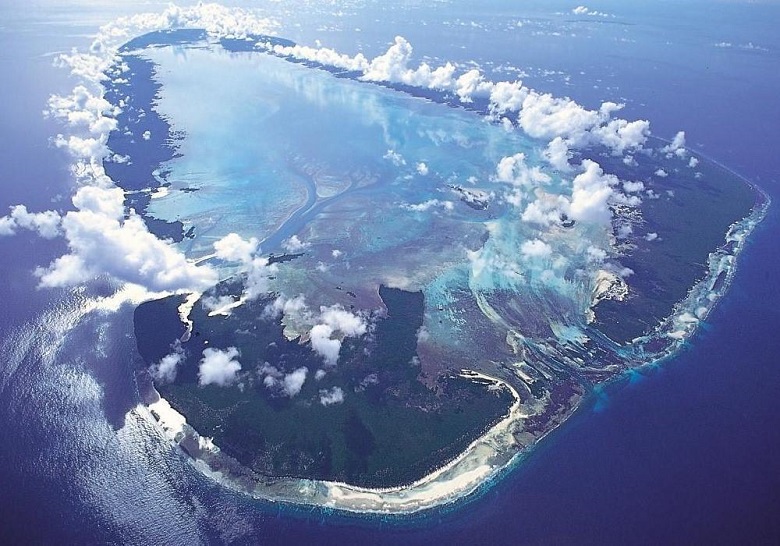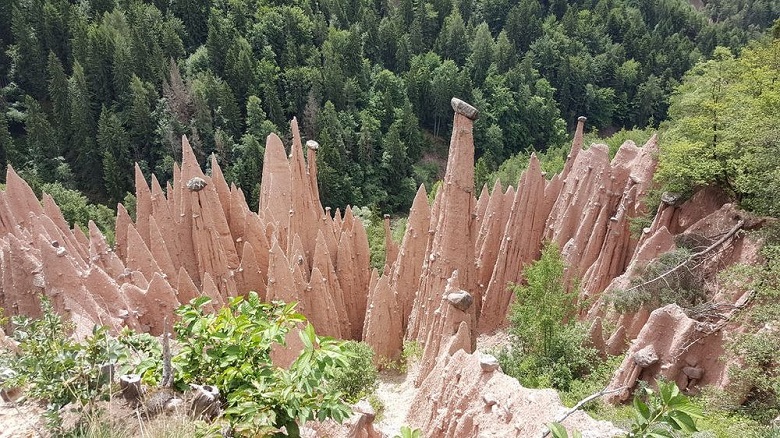Ten little-known natural wonders of the world

Not every natural wonder of our great planet earth is famous. Many wonders of the world are still unknown to humans or probably didn’t attract many visitors.
Our planet is home to many natural wonders, and it isn’t easy to name the best ones since each creation of Mother Nature is unique. We have all heard about the Grand Canyon, Everest, or Victoria Falls. Still, we know very little about other natural attractions, which, in terms of beauty or uniqueness, can also be considered a “miracle of nature.” It is about such creations that we decided to tell you.
Little-known natural wonders
1. Meteor crater

The Arizona crater form resulted from the fall of a 50-meter meteorite about 50 thousand years ago. According to scientists, the meteorite, flying at 45-60 thousand km / h, weighed about 300 thousand tons. The explosion from the fall was three times more potent than the explosion of the Tunguska meteorite, or 8000 thousand times more potent than the atomic bomb dropped on Hiroshima. Even though this crater is not the largest on Earth, the meteorite origin of this crater was the first to be proven, and it is the best-preserved its original appearance. Arizona Crater locates in Arizona, USA.
2. Chocolate Hills

The Chocolate Hills is a geological formation spread over an area of 50 square kilometers. According to various sources, there are from 1260 to 1776 hills. The name of the attraction comes from the color of the grass, which changes its color from green to brown in the dry period. The height of the hills varies from 30 to 50 meters, and the largest of them is 120 meters high. Chocolate Hills is located in Bohol Province, Philippines.
3. Aldabra Atoll

Aldabra Atoll is the second-largest atoll in the world after Christmas Island. At its base is the crater of an extinct underwater volcano. Measuring 34 by 14.5 kilometers, the atoll has plunged into the ocean several times over the past two million years and reappeared on the surface. There was a decrease or an increase in the world ocean level due to the ice age onset, which alternated with warming. Aldabra is one of the few remaining coral atolls on Earth that is virtually untouched by civilization. Aldabra Atoll locates in the Indian Ocean, Seychelles.
4. Perito Moreno glacier

The Perito Moreno Glacier is the third-largest freshwater reserve in the world. It has 250 square kilometers; the width of the protruding tongue is 5 kilometers, the average height is 60 meters above the water surface. The glacier is unusual because it is advancing, while most glaciers worldwide are retreating due to global warming. The pressure from the weight of the ice slowly pushes the glacier onto the curved Lake Argentino, reaching the opposite shore and creating a natural dam. The Perito Moreno Glacier is located in Los Glaciares National Park, Argentina.
5. Tsingy De Bemaraha National park

Tsingy de Bemaraha is a natural stone forest formed as a result of the weathering of the karst. The region has been inscribed on the UNESCO World Heritage Site for its unique geography, preserved mangrove forests, and wild birds and lemurs populations. Incredibly sharp limestone formations can easily cut through even heavy equipment, making it very difficult to move around the reserve. The word comes from a local word meaning “a place where you can not walk barefoot.” The Tsingy de Bemaraha nature reserve locates in Madagascar.
6. Uluru Rock

The Uluru Rock is 348 meters high, and it is formed about 680 million years. Long ago, this rock was an island that towered over Lake Amadeus. Now its base is indented with caves, which decorate with ancient cave paintings and stone carvings. This unique formation is composed of red sandstone, which allows it to change color depending on the light. Uluru is located in the Central Australia region.
7. Earth pyramids of Ritten

Earthen Pyramids of Ritten point, vertical columns of clay, many of which crowned with stone boulders. The height of the pillars, of which there are about 150 pieces, reaches 40 meters. They were formed over 10,000 years ago by melting a thick glacial layer that left deposits of clay and debris. Then the rains played a role: eroding the pliable clay, they formed natural columns with boulders on the tops, which protected them from further rain erosion. Ritten’s earth pyramids are located in the province of South Tyrol, Italy.
8. Valley of Geysers

The Valley of Geysers opened only in 1941, is one of the largest geyser fields in the world and the only one in Eurasia. Since abnormally high biodiversity is observed in this limited territory, the independent access of tourists is strictly limited. The valley is part of the Volcanoes of Kamchatka UNESCO World Heritage Site. The Valley of Geysers is located in the Kronotsky State Biosphere Reserve in Kamchatka, Russia.
9. Pamukkale

Snow-white as snow, the fantastic landscape of Pamukkale is a large cascade of natural terraced baths decorated with calcite stalactites. There are geothermal springs with a water temperature of 36 ° C and the territory of the ancient city of Hierapolis. White travertines in Pamukkale form by the precipitation of calcium carbonate from the water of one source, which descends the slope from a height of 60-70 meters. Pamukkale locate in Denizli province, Turkey.
10. Uyuni Salt Flats

Uyuni is a dry salt lake that is now the largest salt marsh in the world. During the rainy season, the salt marsh is covered with a thin layer of water and turns into the world’s largest mirror surface. According to various estimates, it contains a reserve of 10 billion tons of salt, less than 25 thousand tons extracted annually. It also includes an enormous supply of lithium chloride, which is relevant for the battery industry. From 50 to 70% of the world’s reserves are located in this place. The Uyuni Salt Flats are located in the south of the Altiplano desert plain, Bolivia.




